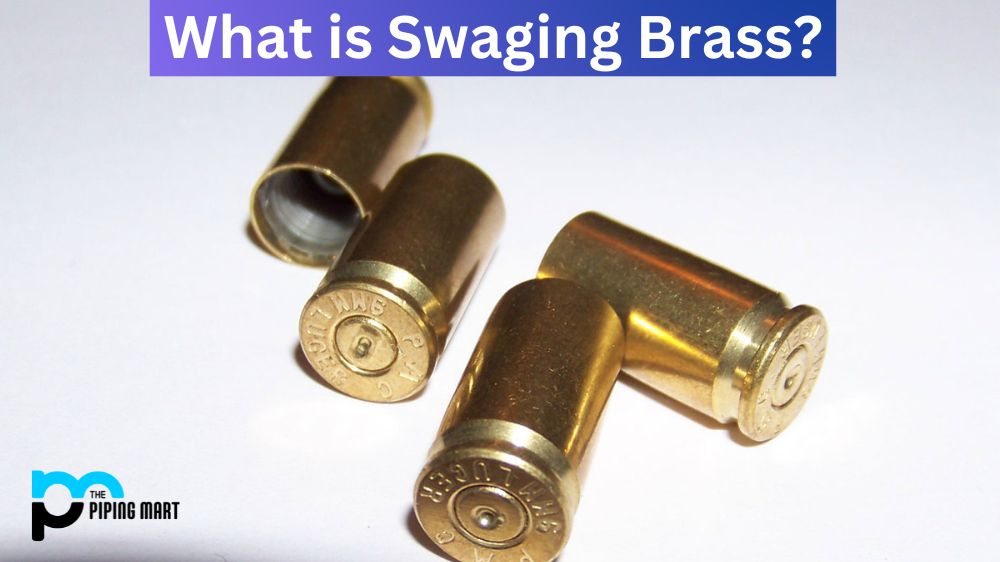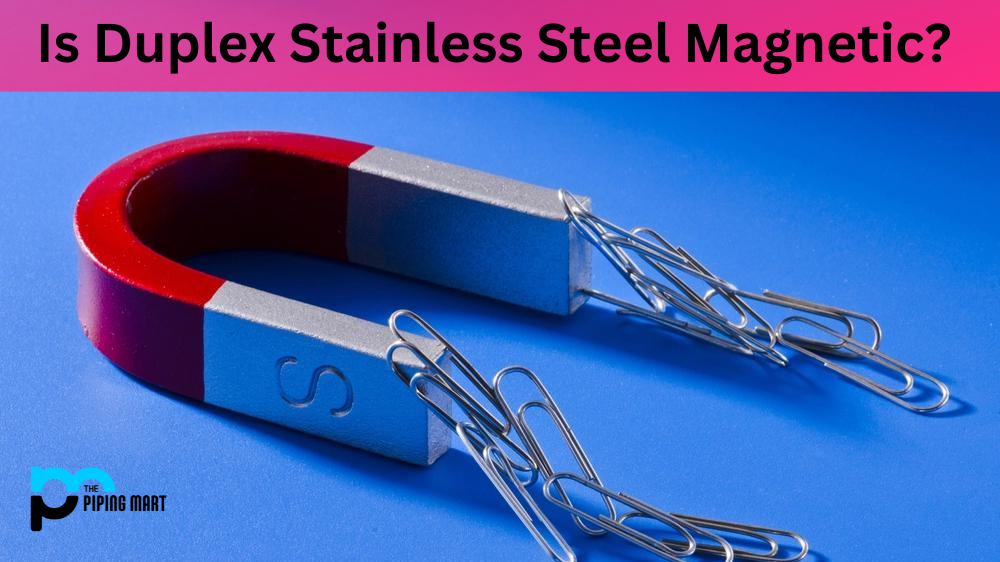Swaging is a process that is used to reshape and reduce the size of metal components such as brass. It is often used in the manufacturing of plumbing fixtures, automotive parts, and other small metal items. In this blog post, we’ll discuss what swaging brass is, how it works, and why it’s used in manufacturing processes.
What Is Swaging Brass?
Swaging brass involves reshaping the metal by applying pressure to it in order to reduce its size or shape. This process can be done with a die or a combination of dies and punches. The dies are specially designed to create specific shapes from the metal as it passes through them. The pressure applied during swaging compresses the metal material, making it thinner and more malleable. This allows for more intricate designs and shapes that cannot be achieved with traditional machining methods.
How Does Swaging Work?
The swaging process begins by preparing the die and punch for use. The die is placed into a machine that applies pressure to the punch while it passes through the die. As the punch enters the die, pressure forces out air bubbles or other imperfections to create an even surface on both sides of the piece being worked on. This ensures that all pieces produced have uniform sizes and shapes once they are completed.
Benefits Of Swaged Brass
Swaged brass offers several benefits over traditional machining methods, such as improved strength, accuracy, weight reduction, cost savings, etc. The most significant benefit of swaged brass is its increased strength due to its increased density which allows for higher load-bearing capacities when compared to other metals such as aluminum or steel. Additionally, since less material needs to be cut away during production than with traditional machining methods, overall costs are reduced significantly. Last but not least, swaged brass provides greater accuracy than traditional machining processes due to its precise control over dimensions which helps ensure consistent product quality across batches of parts produced using this method.
Swaging Brass Uses
Brass is a beautiful and timeless metal, making it a wonderful choice for projects both large and small. Swaging brass is a popular technique because it enables brass to be shaped into striking designs, creating objects with permanent bends and curves. From automotive parts to architecture and home interiors, swaging brass is widely used for its strength and ability to bring life to even the most basic of items. Swaged brass can also be formed into intricate jewelry pieces or decorative objects, making it one of the most versatile metals in the world!
- production of various types of ammunition
- production of brass casings for firearms
- reloading of ammunition
- manufacturing of brass musical instruments
- making of costume jewelry
Conclusion:
Swaging brass offers many advantages over traditional machining methods, including improved strength and accuracy as well as cost savings thanks to reduced material waste during production. It’s an ideal method for creating small components such as plumbing fixtures or automotive parts where strength and precision are critical factors in determining product quality and performance levels. Whether you’re a manufacturer looking for an efficient way to produce accurate components at an economical price point or just curious about what swagging can do for your business, understanding what swagging is and how it works can help you make informed decisions about your production processes moving forward!

Pipingmart is a B2B portal that specializes in metal, industrial and piping items. Additionally, we share the latest information and information about materials, products and various types of grades to assist businesses that are involved in this business.




